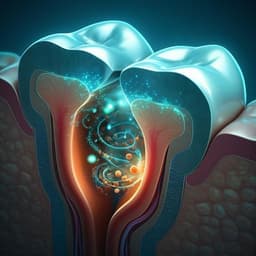
Food Science and Technology
Extraction of flavanones from immature Citrus unshiu pomace: process optimization and antioxidant evaluation
D. Kim and S. Lim
This groundbreaking study by Dong-Shin Kim and Sang-Bin Lim highlights an optimized method for extracting powerful antioxidants from immature Citrus unshiu pomace. The research reveals that ethanol is significantly better than other solvents, showcasing remarkable antioxidant activity, particularly linked to hesperidin. Discover how these antioxidant-rich extracts can enhance functional foods and nutraceuticals!
Playback language: English
Related Publications
Explore these studies to deepen your understanding of the subject.







